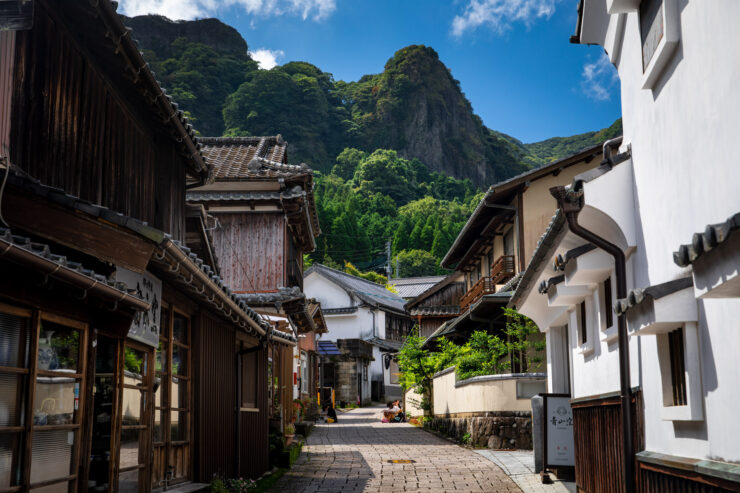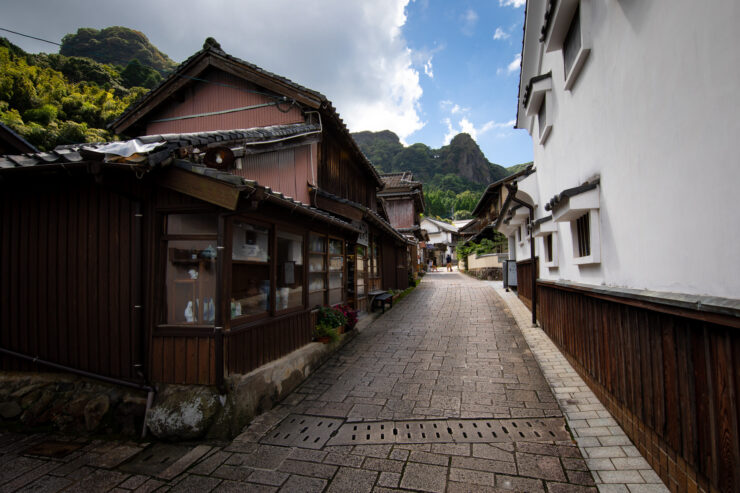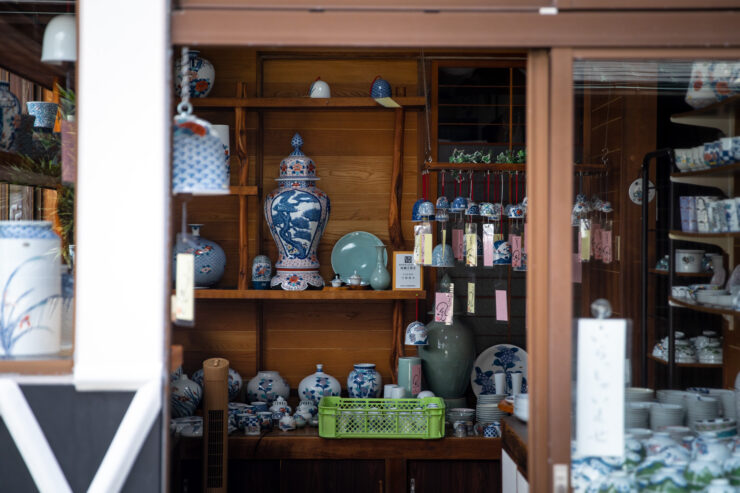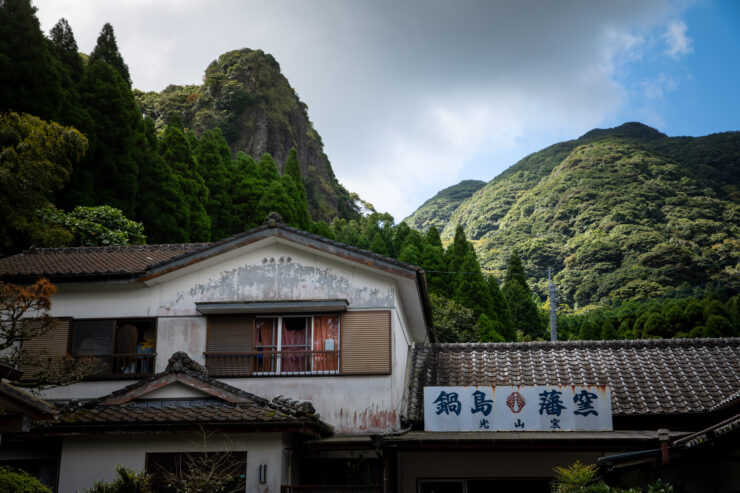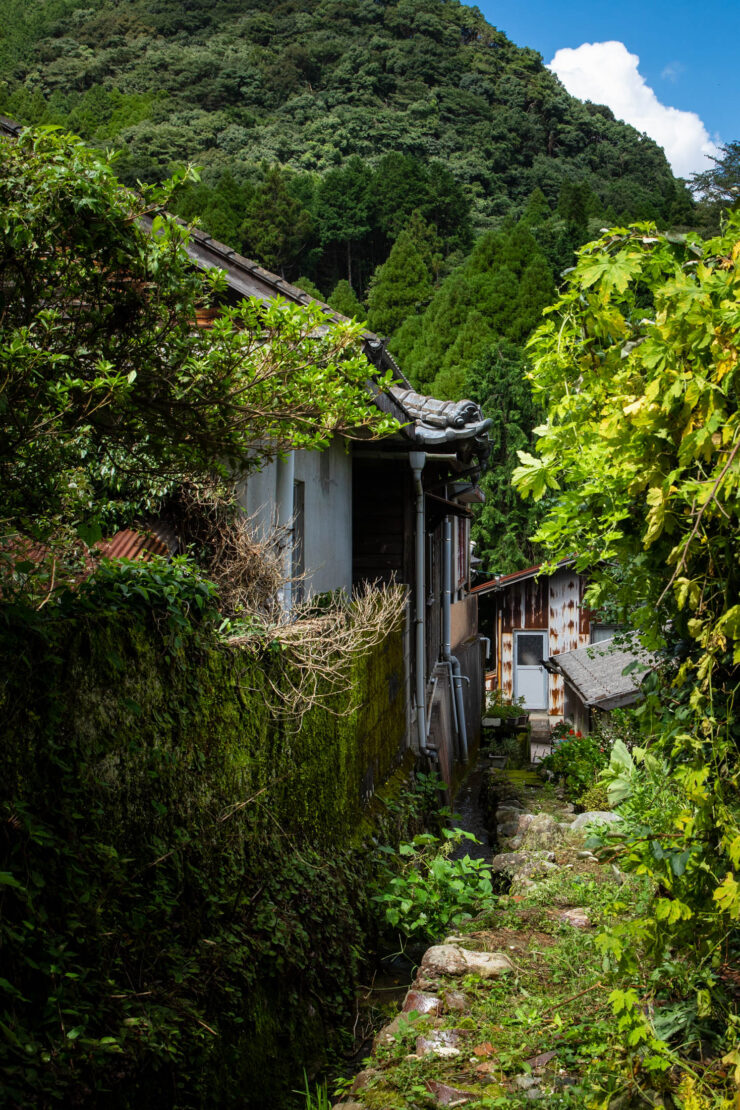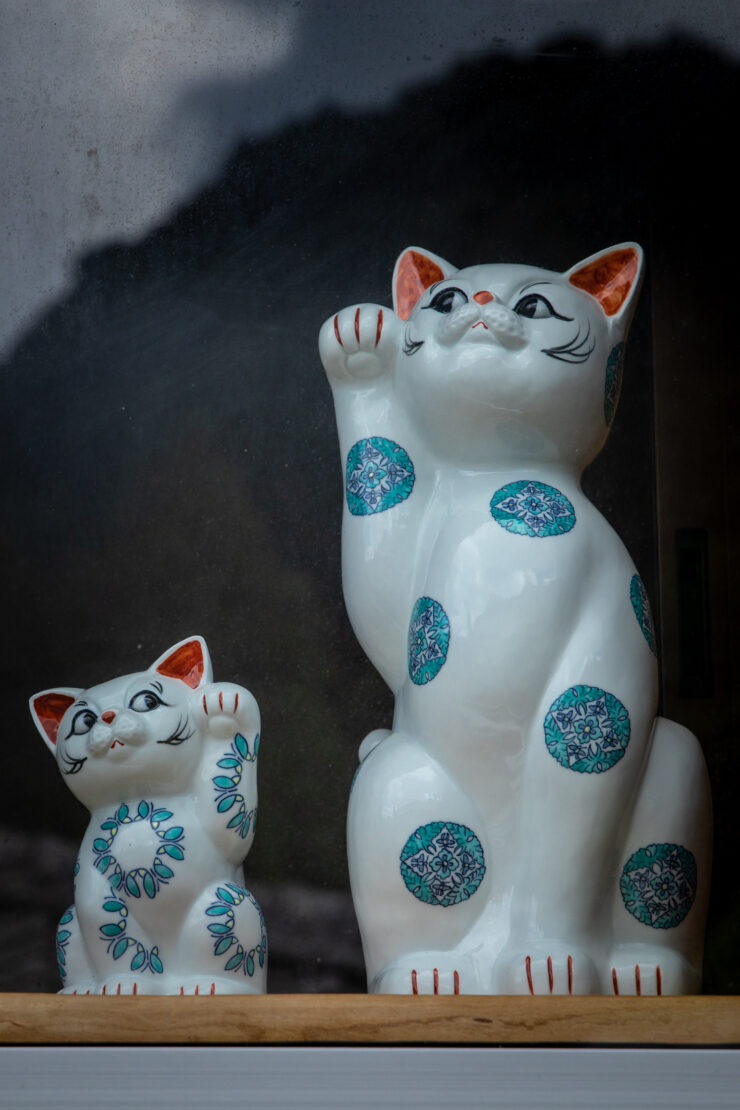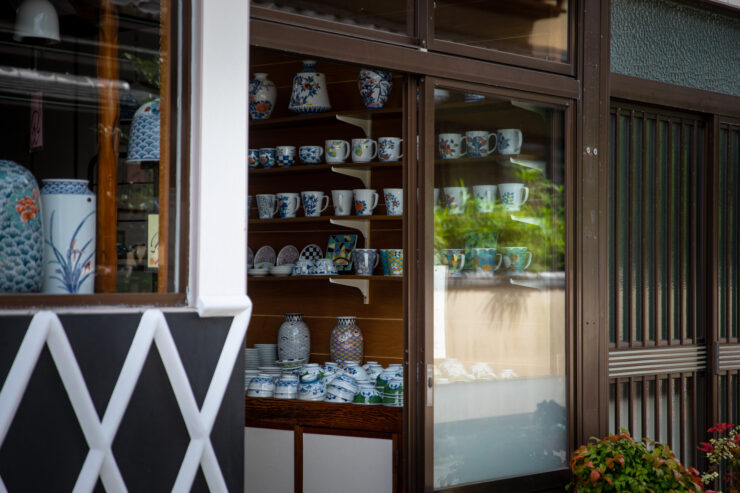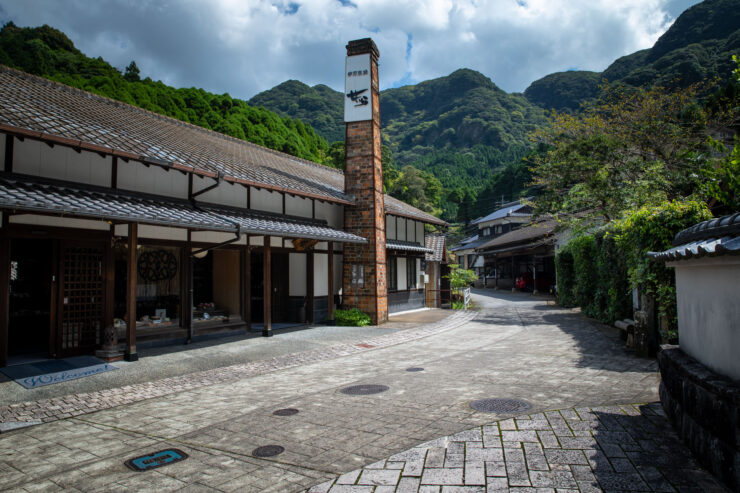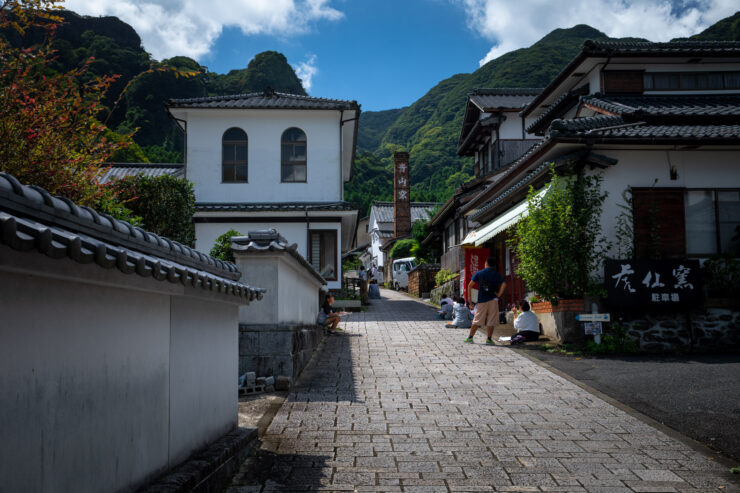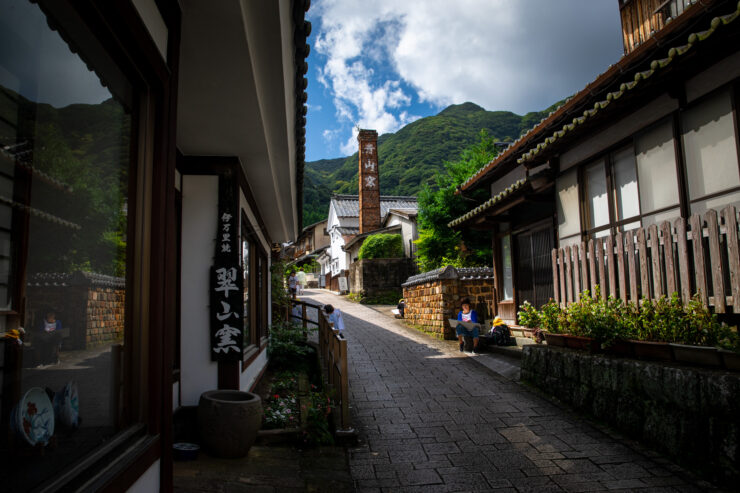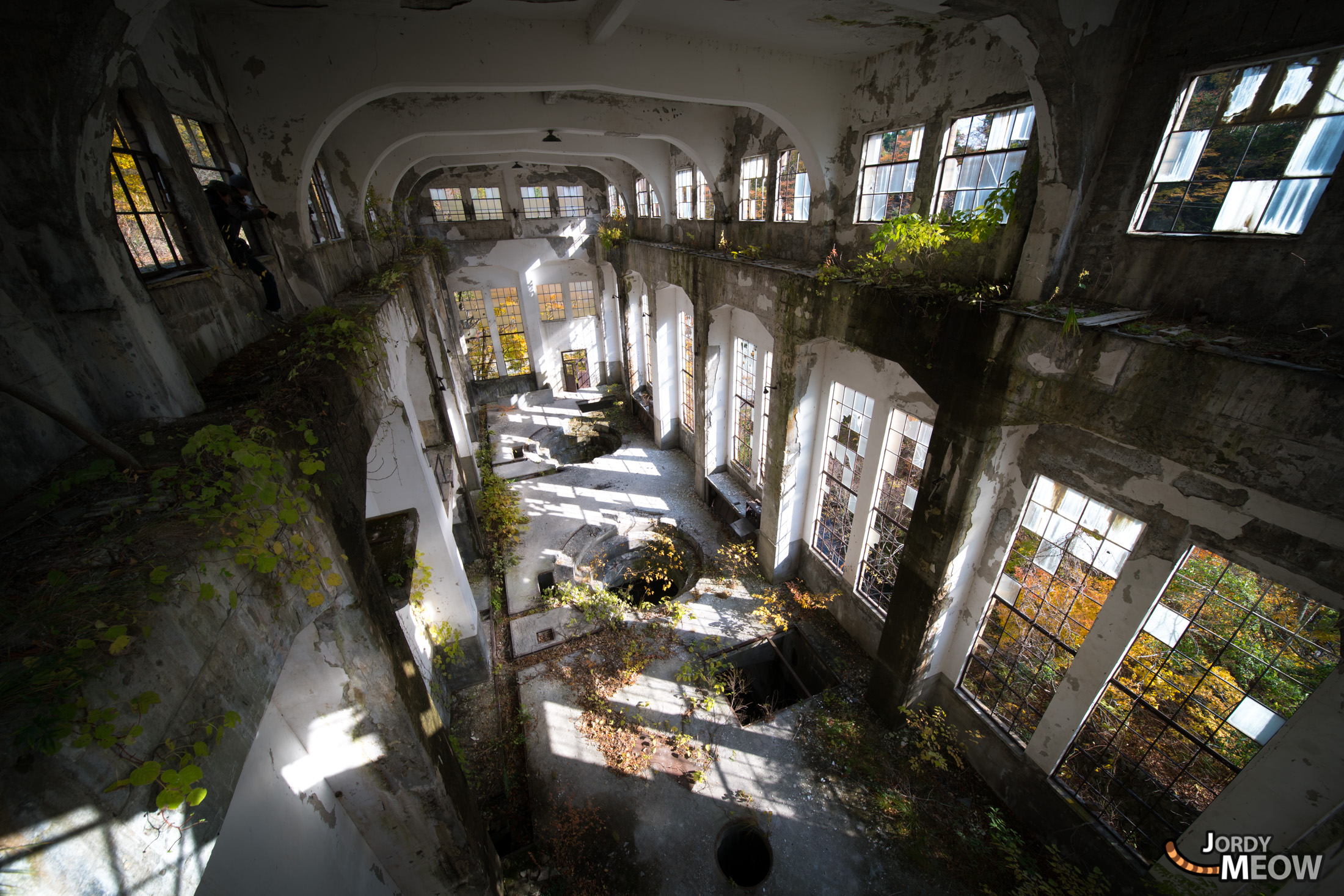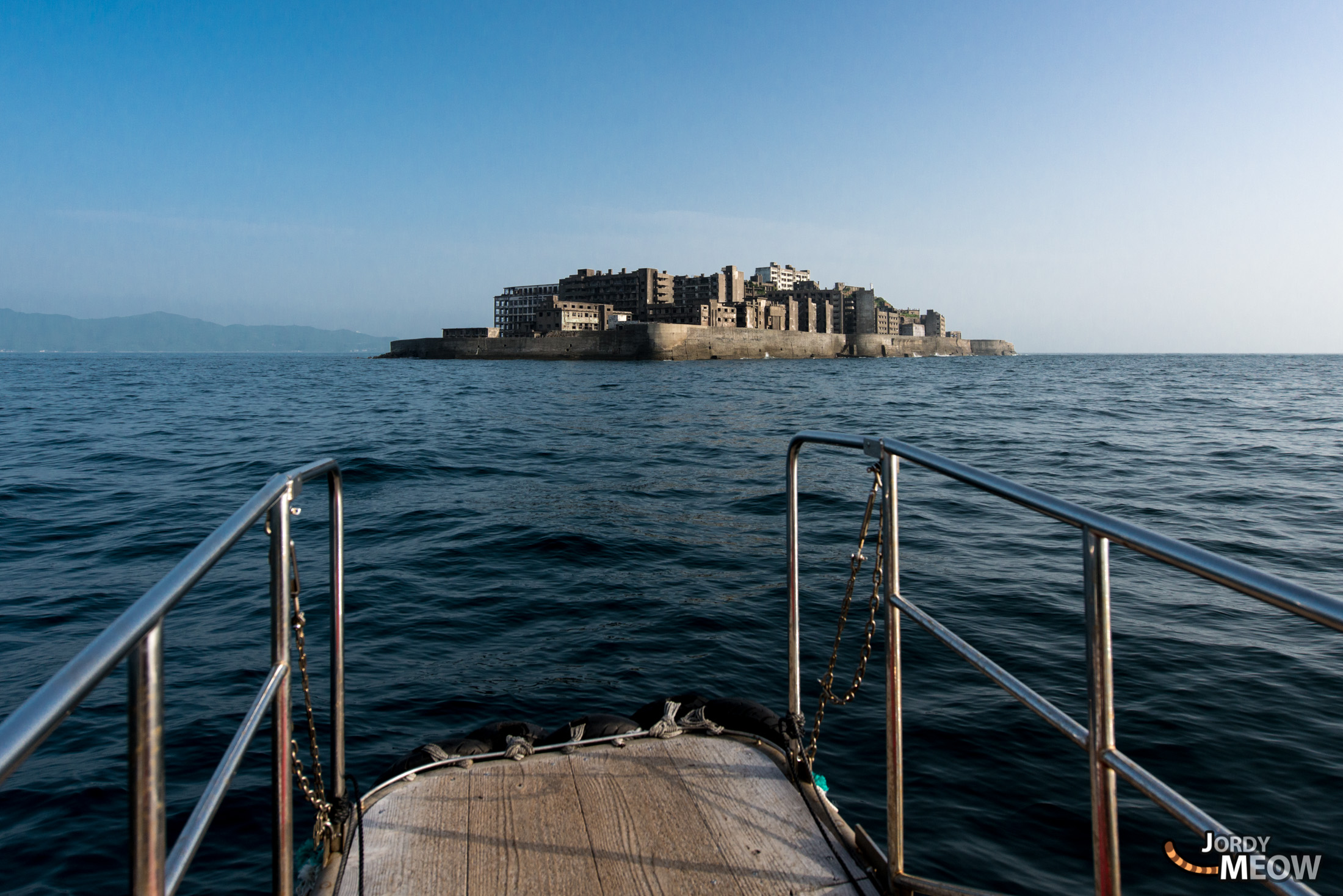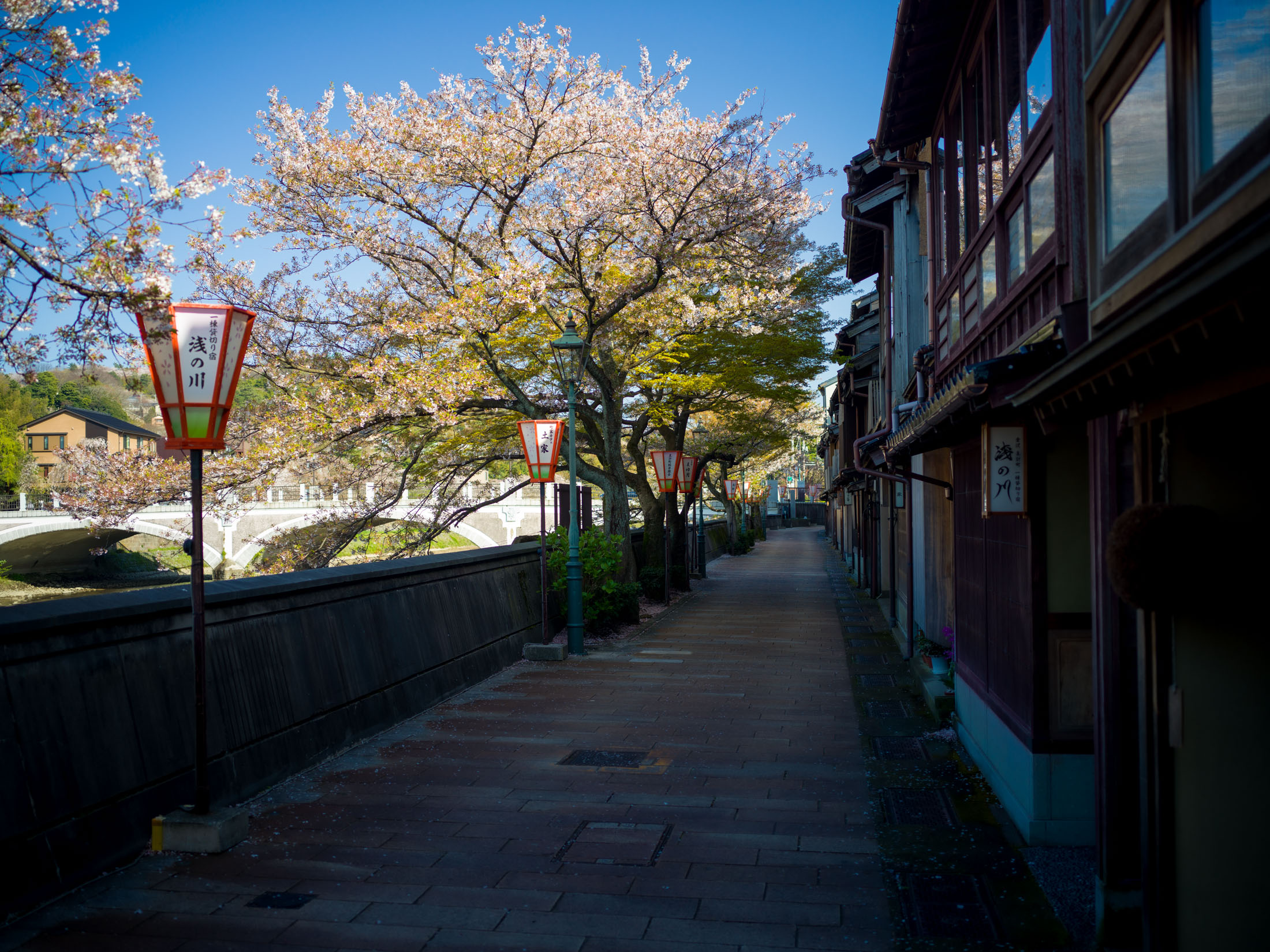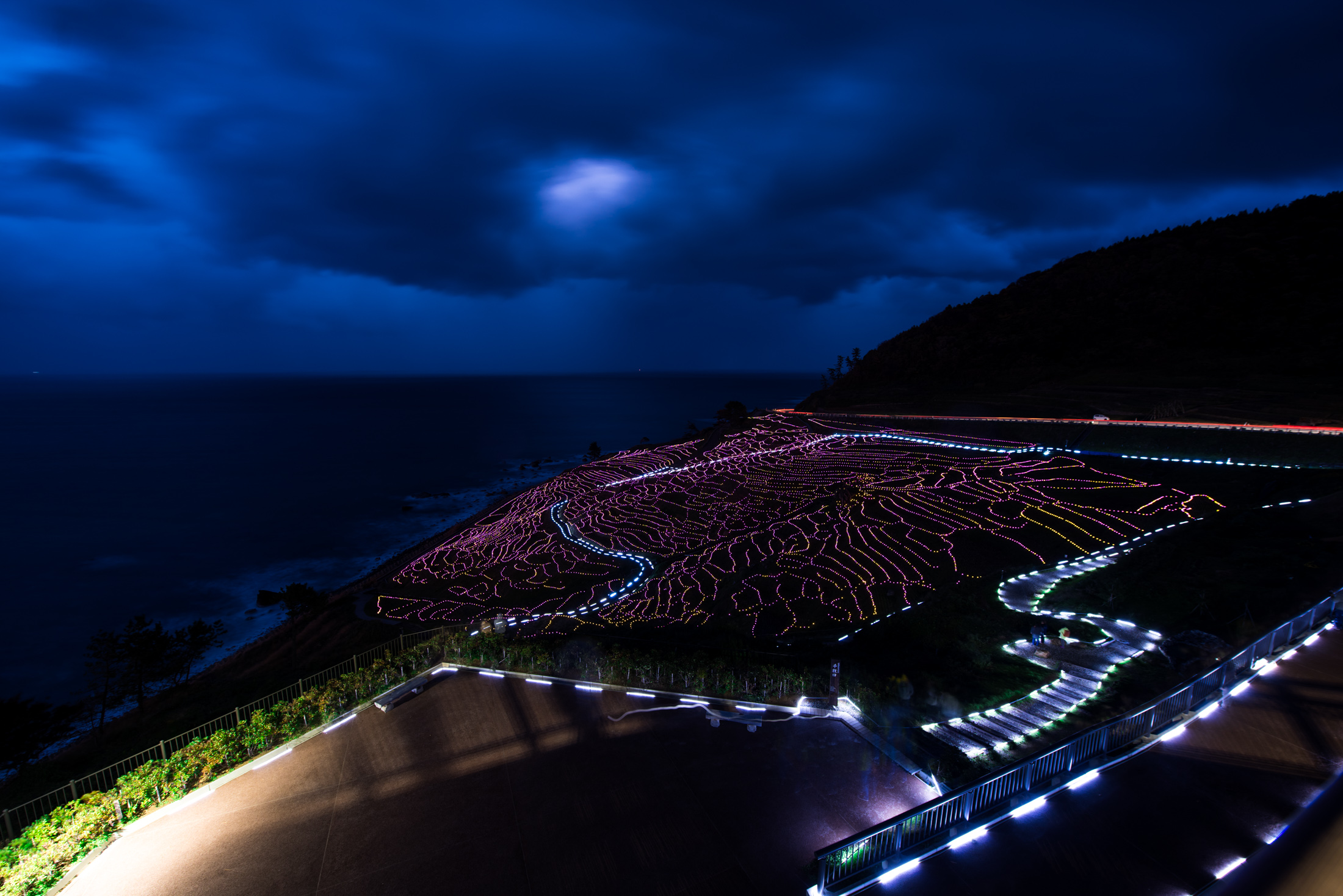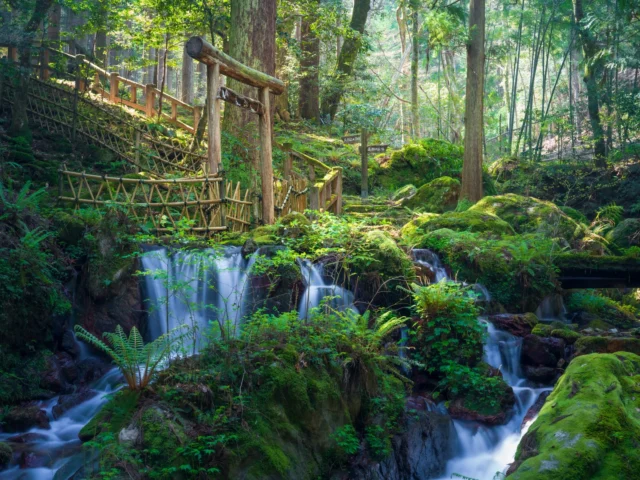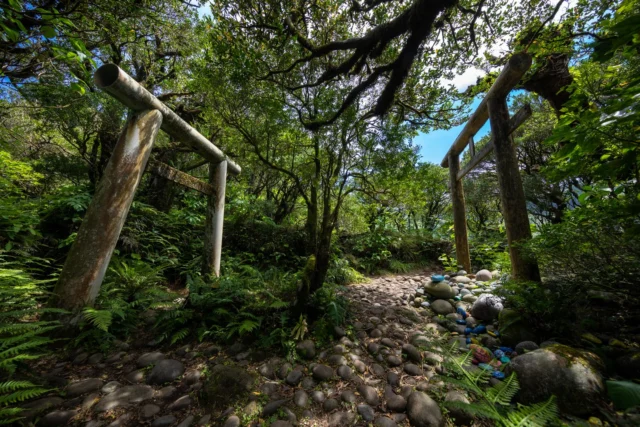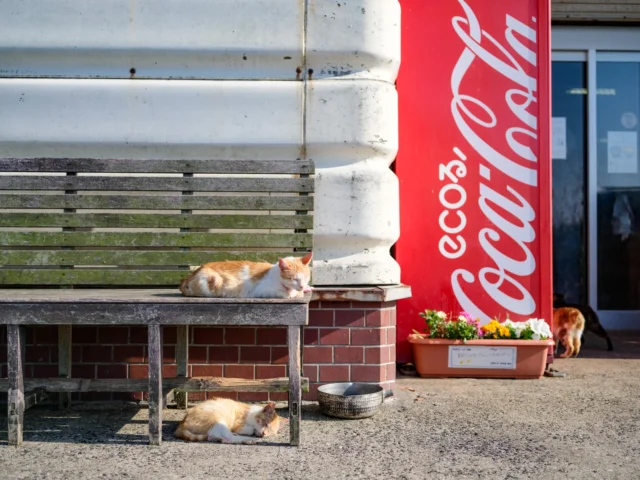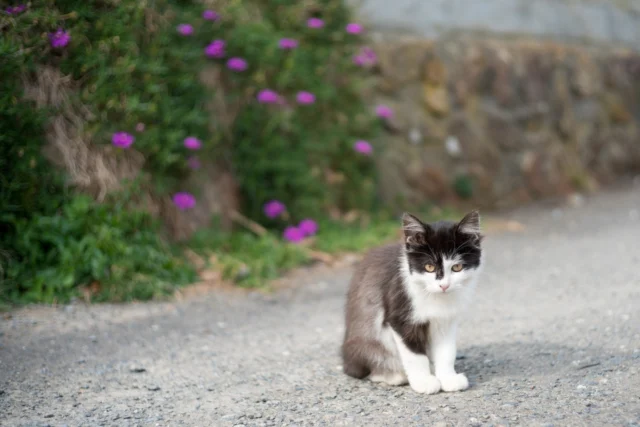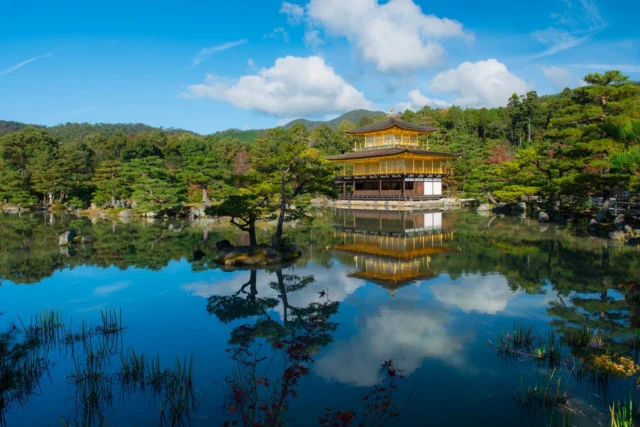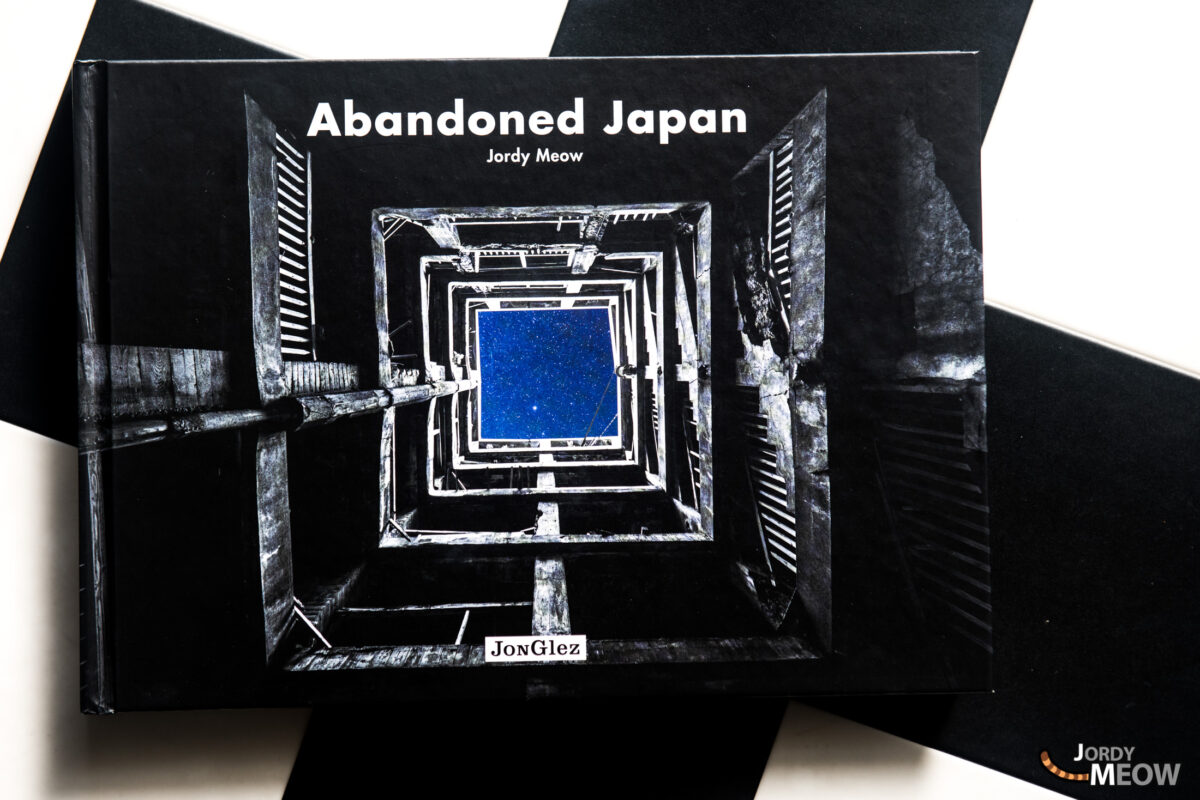In the 17th century, following the discovery of a china clay deposit near Arita and the expertise of Korean craftsmen, the Japanese archipelago gradually moved away from importing Chinese porcelain.
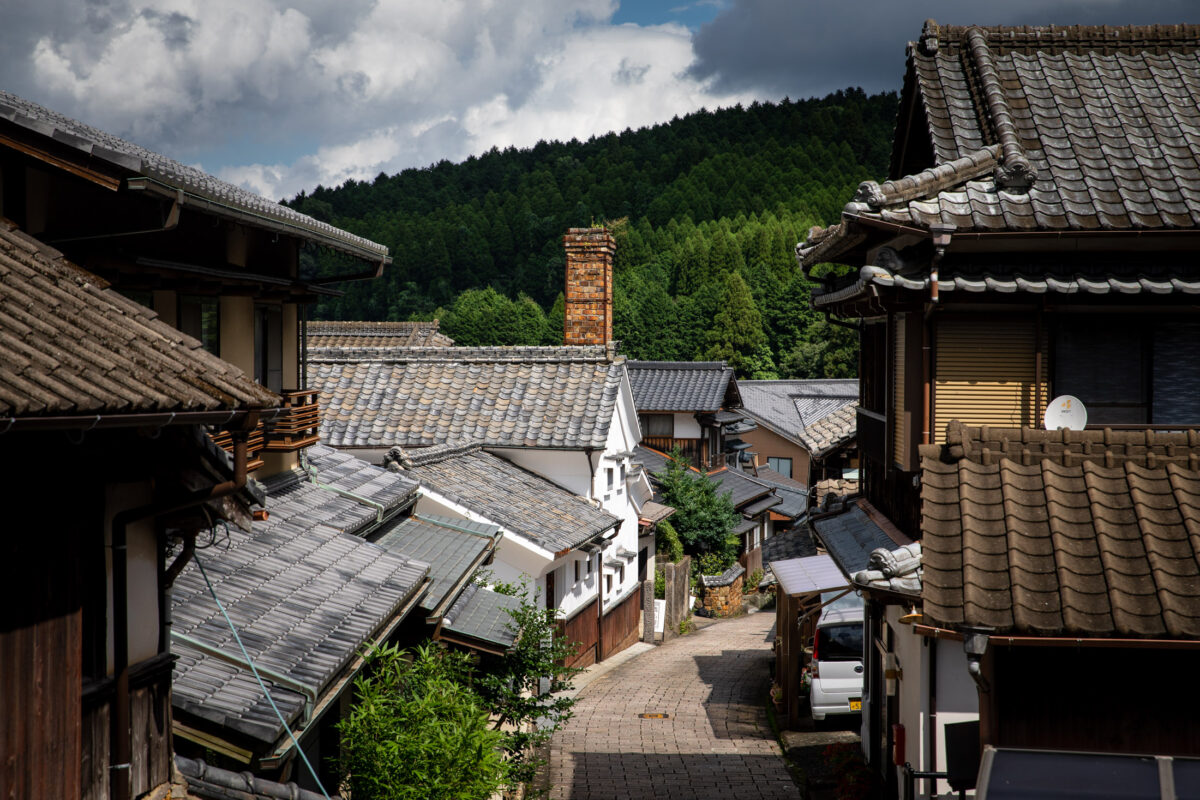
Samurai potters and the “village of the secret kilns”
The Nabeshima clan, dominating Saga prefecture at the time, decided to move its kiln from Arita to the steeply sloping village of Okawachiyama. One way to keep their manufacturing techniques secret.
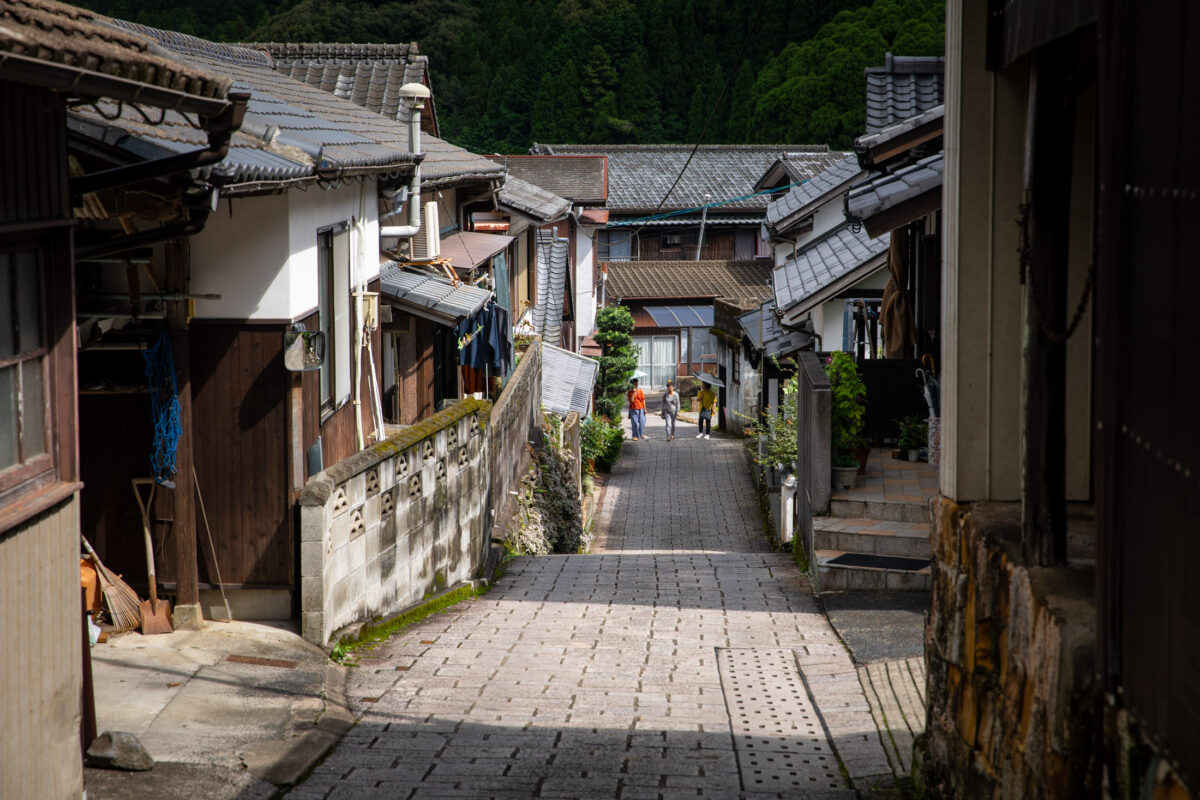
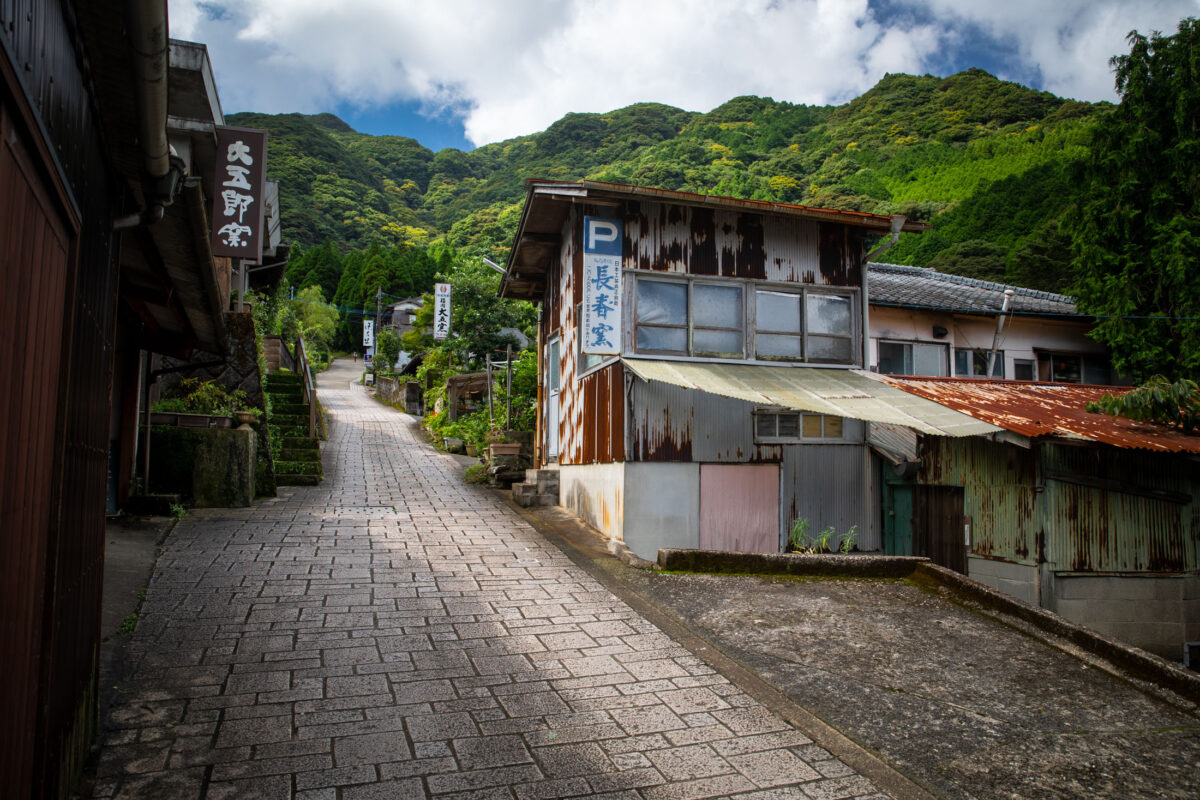
That’s why Okawachiyama is known as the “village of the secret kilns”.
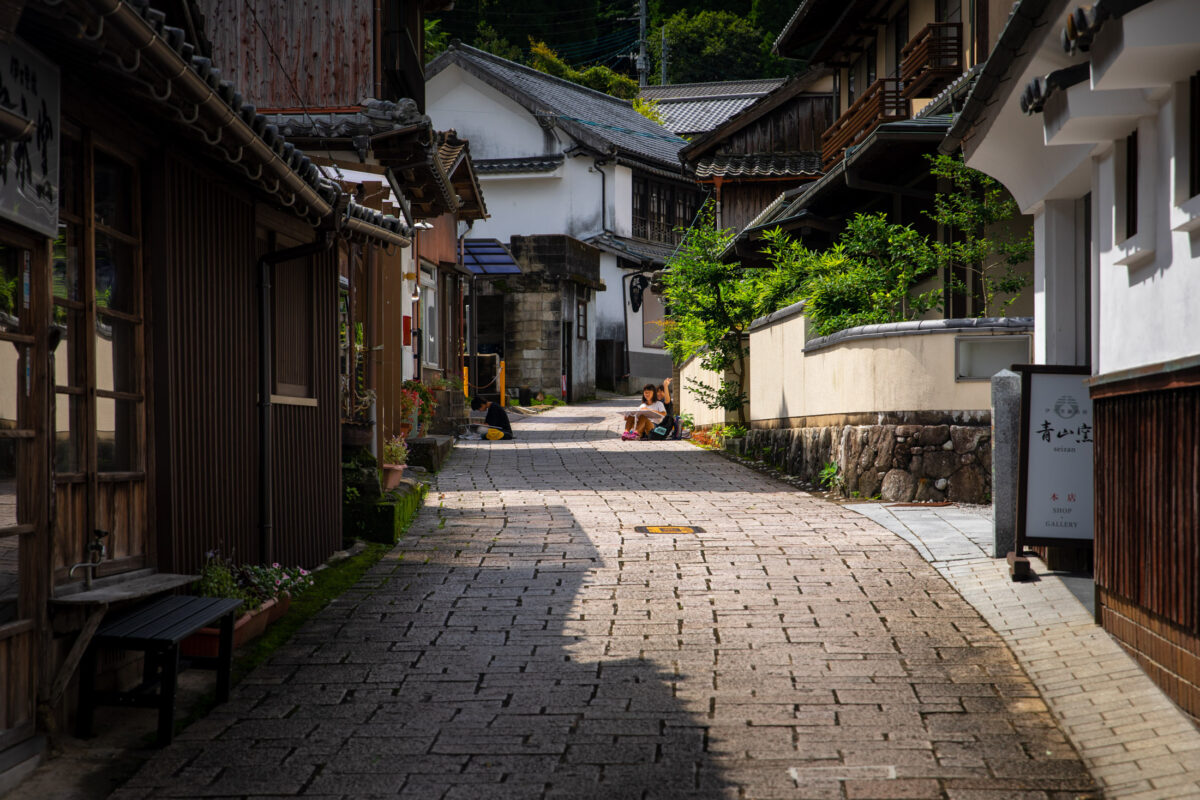
Comings and goings are closely monitored from a guardhouse at the entrance. Visitors are even searched at the exit to avoid industrial espionage. The highly qualified pottery employees had the right to use the surname Nabeshima on a par with the samurai.
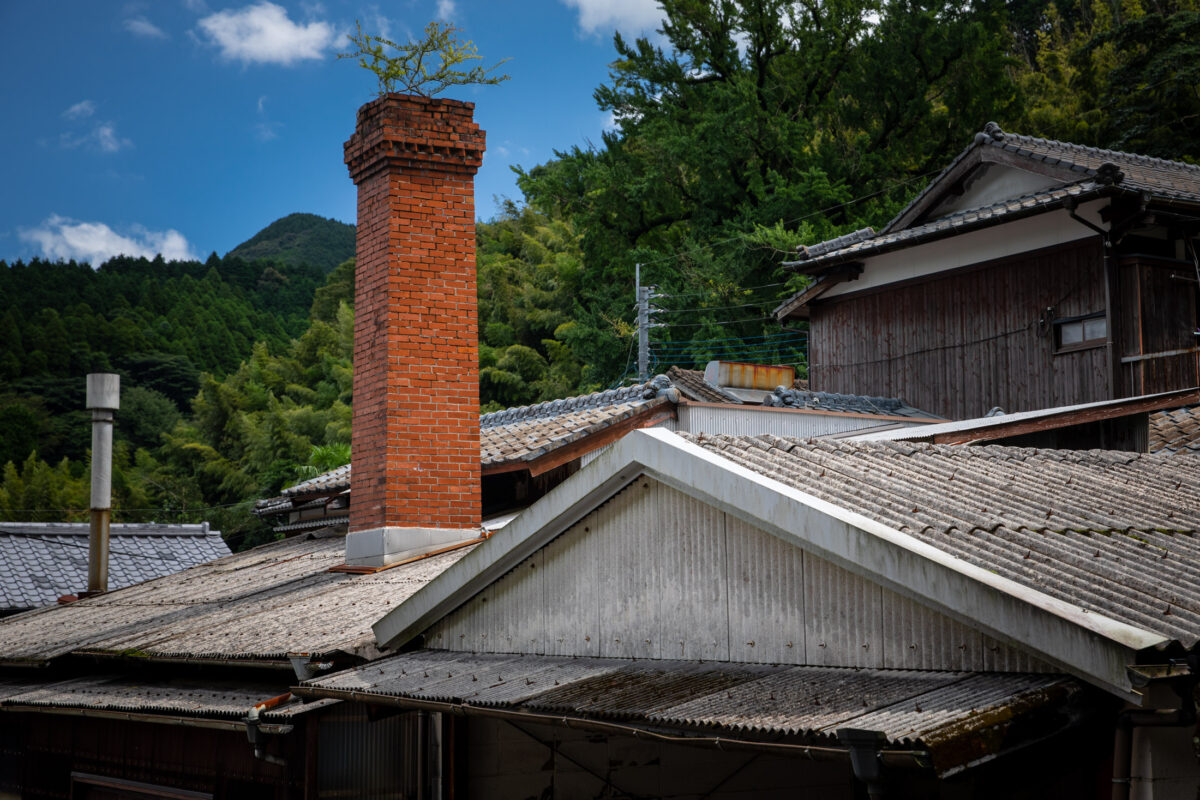
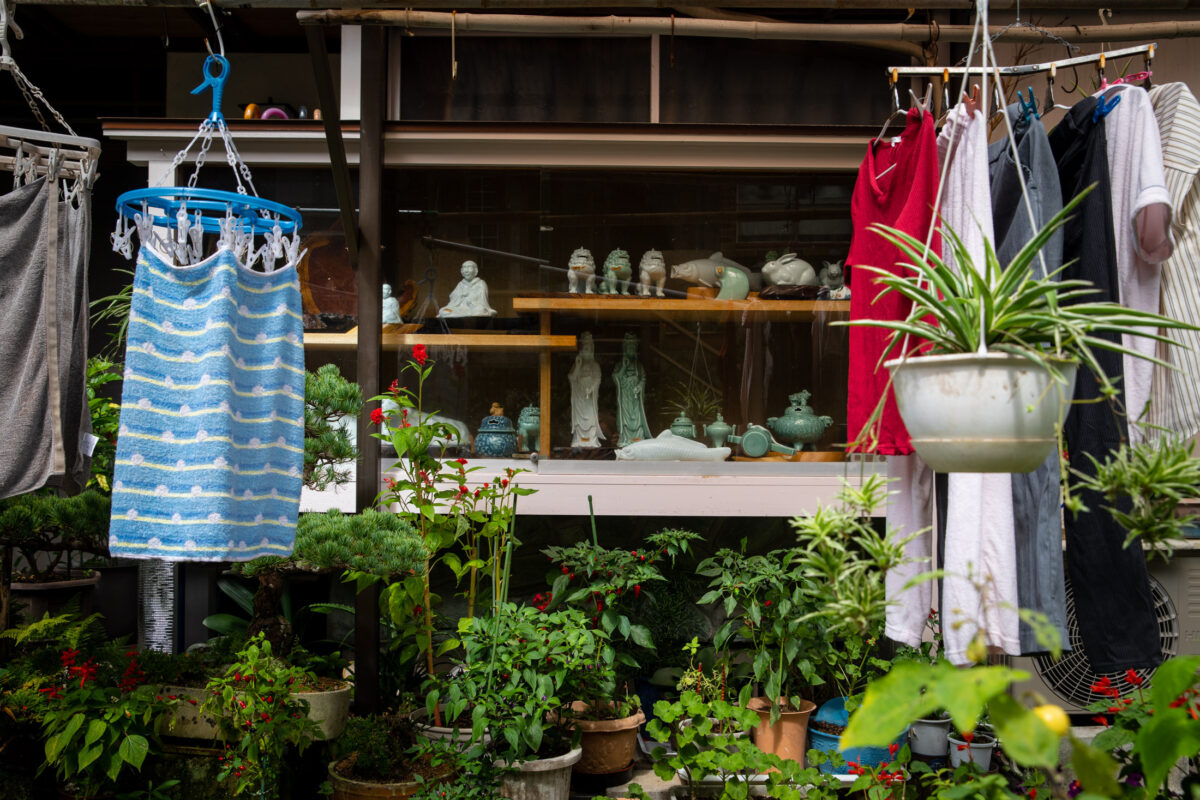
The ceramics produced in Okawachiyama are also known as Nabeshima-yaki (Nabeshima porcelain). In the Edo period they quickly acquired noble status and were reserved for the elite and the shogunate.
Scenic walk and historic pottery
About thirty porcelain workshops are still operating in Okawachiyama. Many are opening to the public to perpetuate this ancestral heritage and make it widely known.
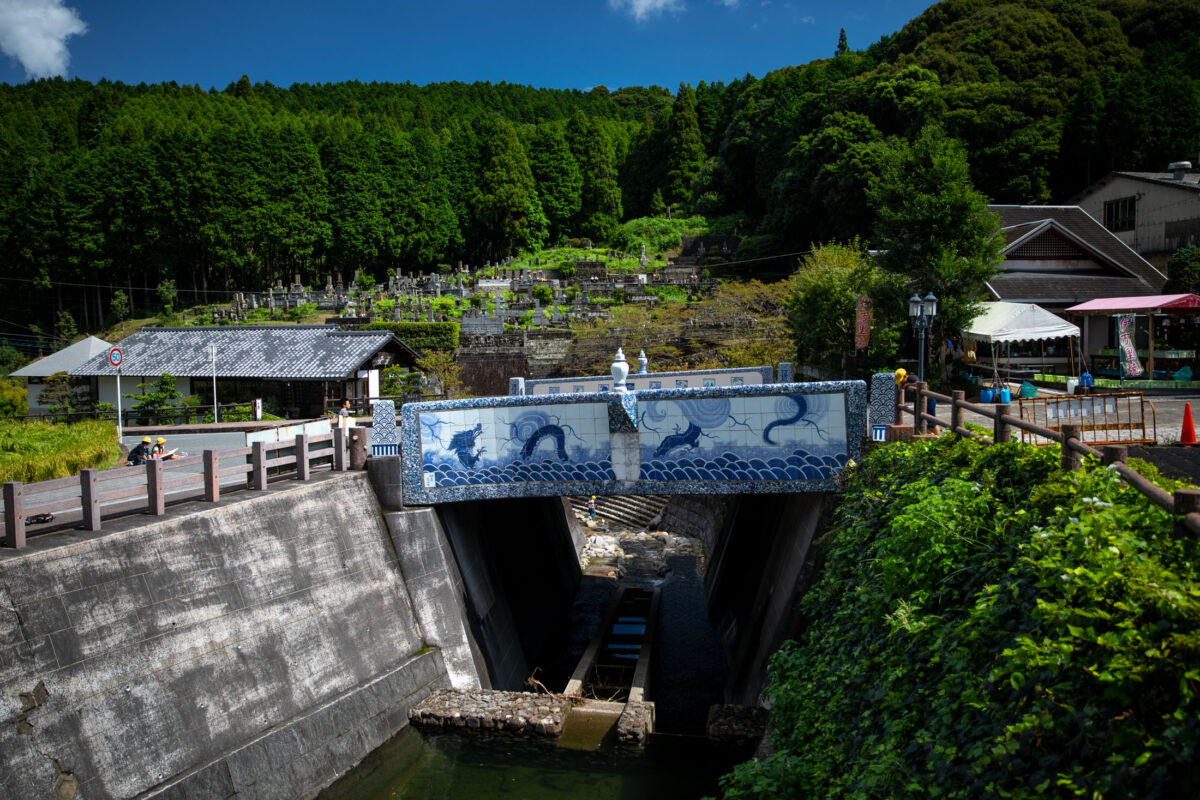
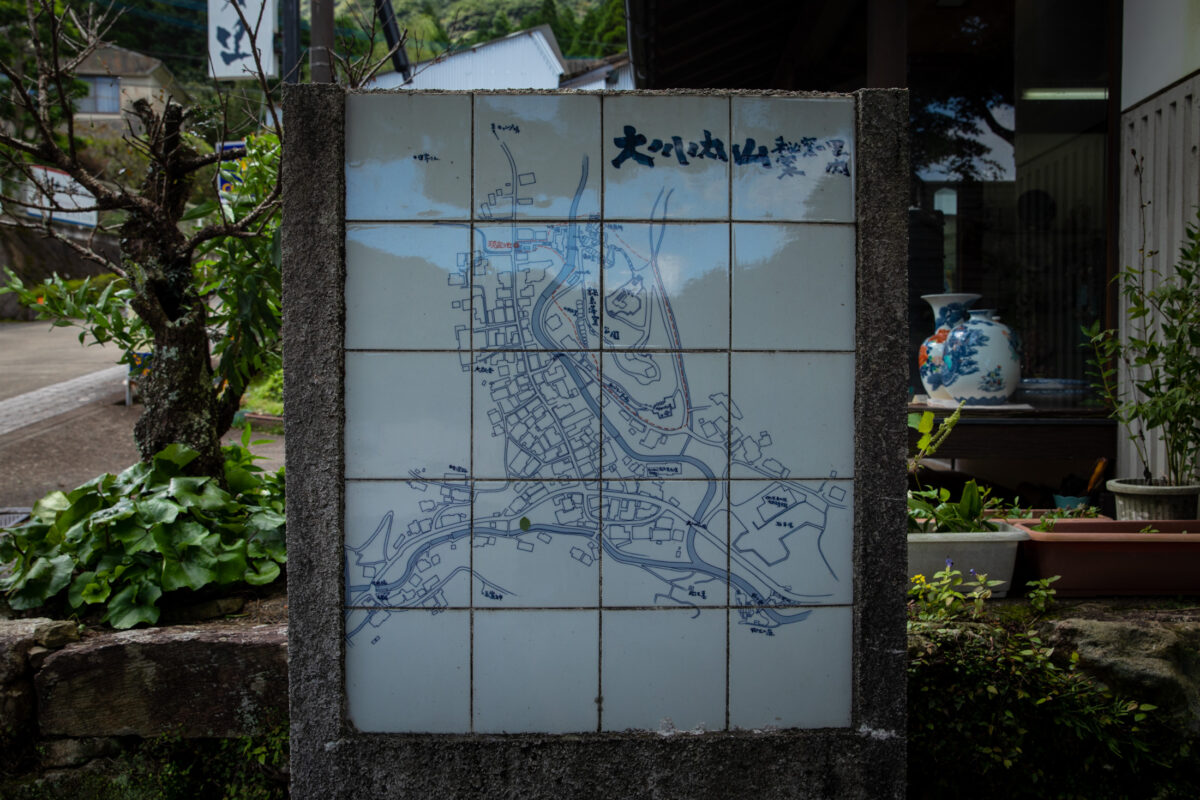
The bridge at the entrance instantly sets the scene with these two magnificent blue and white porcelain frescoes.

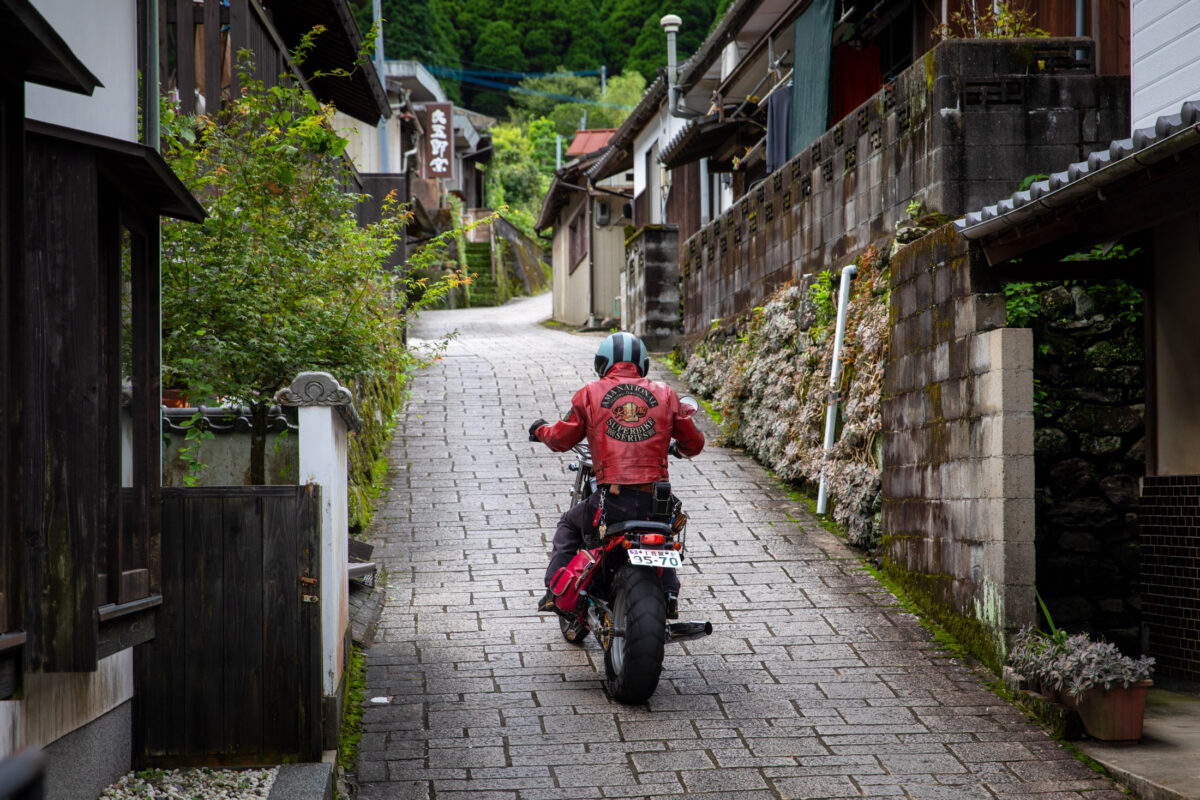
Some of the old kilns have been preserved and punctuate the village with their characteristic brick silhouettes. Around twenty are still active, and you might well smell the clay being fired while strolling through the narrow streets.
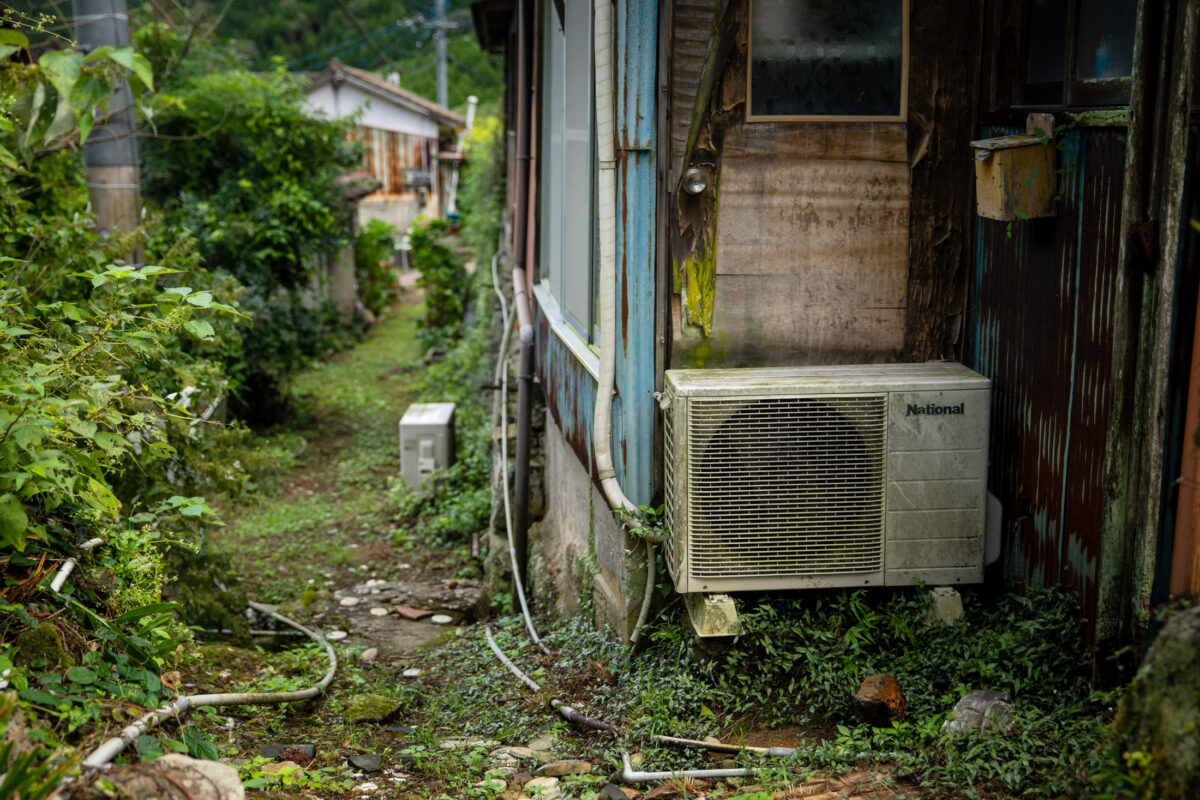
The surrounding mountain scenery only adds to this picture postcard of yesteryear Japan.
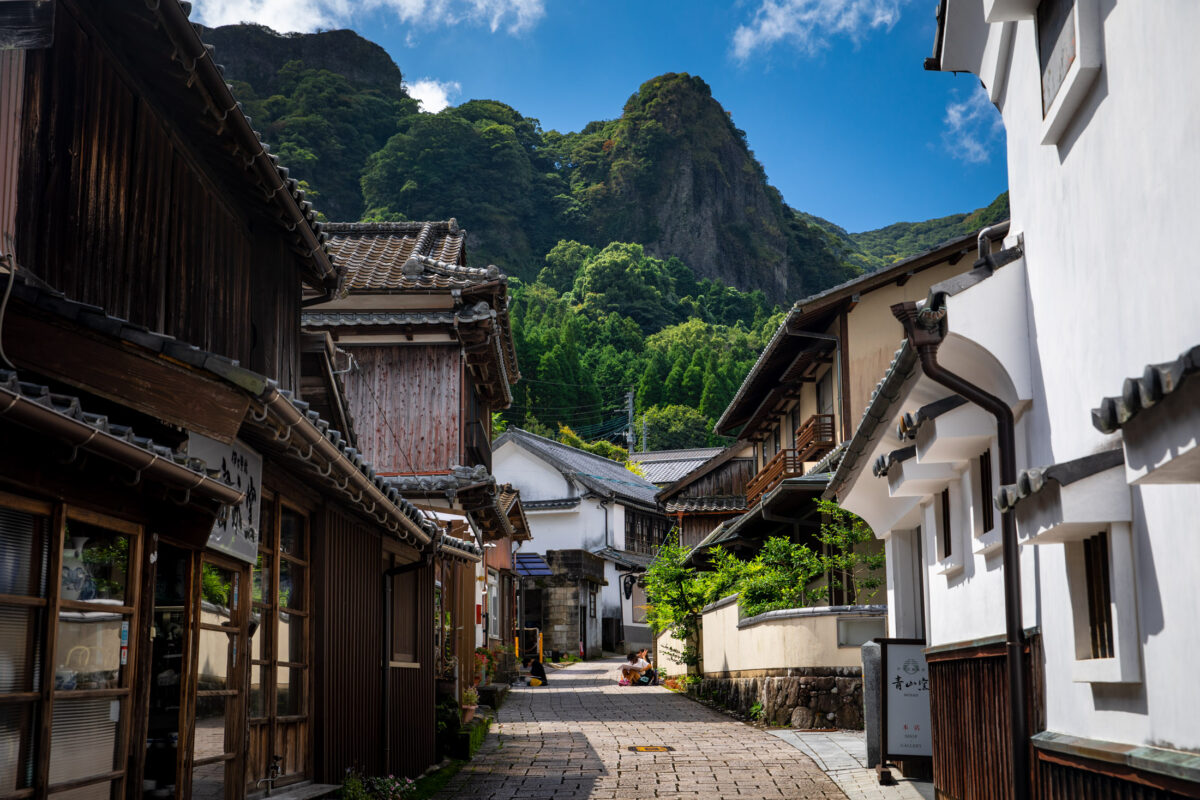
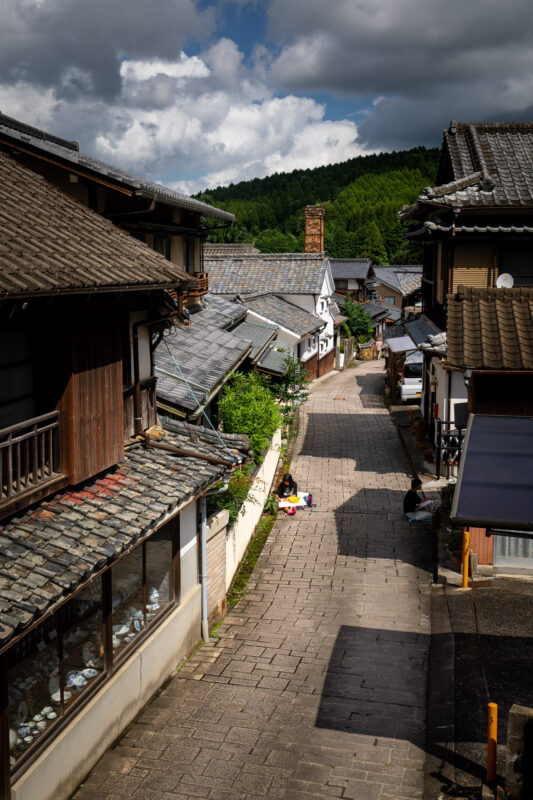
The porcelain made in Imari region, distinctive for its Chinese and Korean influences, is unique compared with other ceramics from the Japanese archipelago. But the local star is the fûrin, the small wind chime that sounds delicately outside in the summer breeze.
Fûrin matsuri: wind chime festival
Every year, from mid-June to the end of August, Okawachiyama village organizes the wind chime festival, Fûrin matsuri.

It seems that these chimes were formerly used during hot and humid summers because the clear yet soft sound gave a feeling of freshness.
During the festival hundreds of small bells are hung around the village. Their tinkling resonates as a backdrop to your walk.
Each wind chime has a different sound. Find your favourite and throw out your air conditioner!

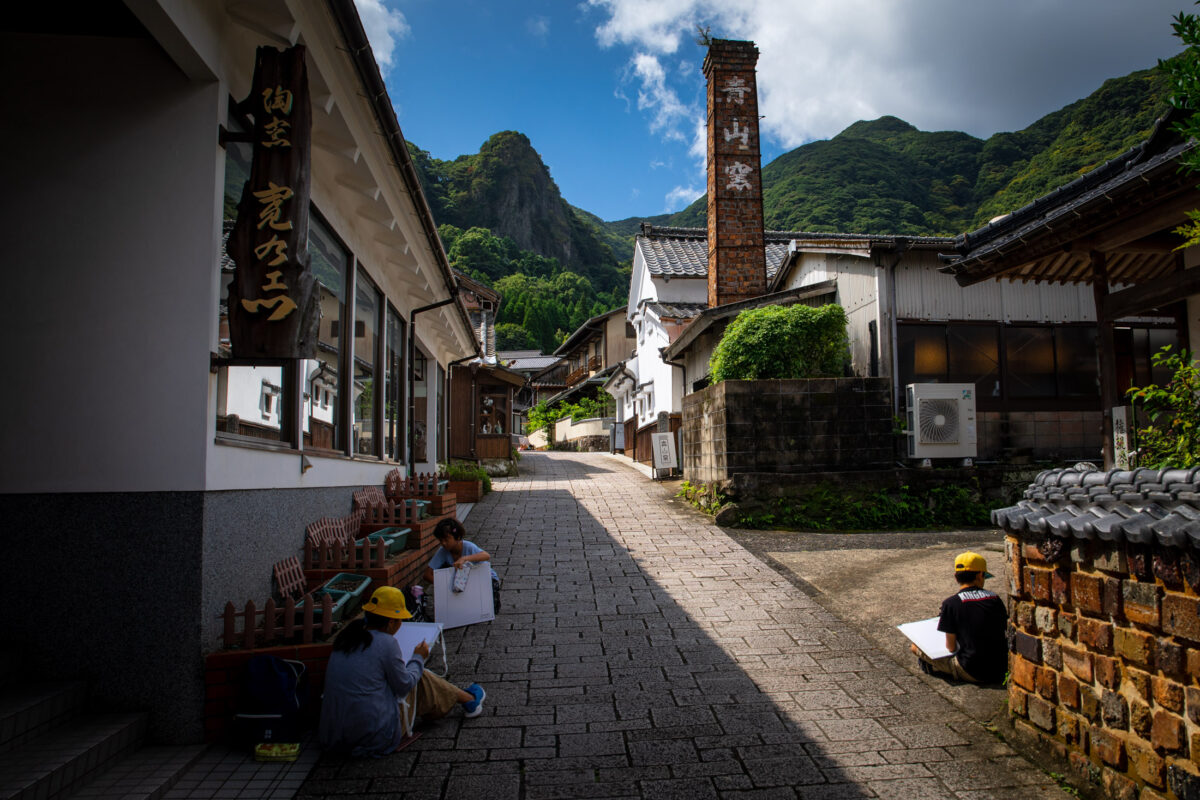
And for more awesome content about Japan, follow Jordy Meow on Instagram ! 🎵

